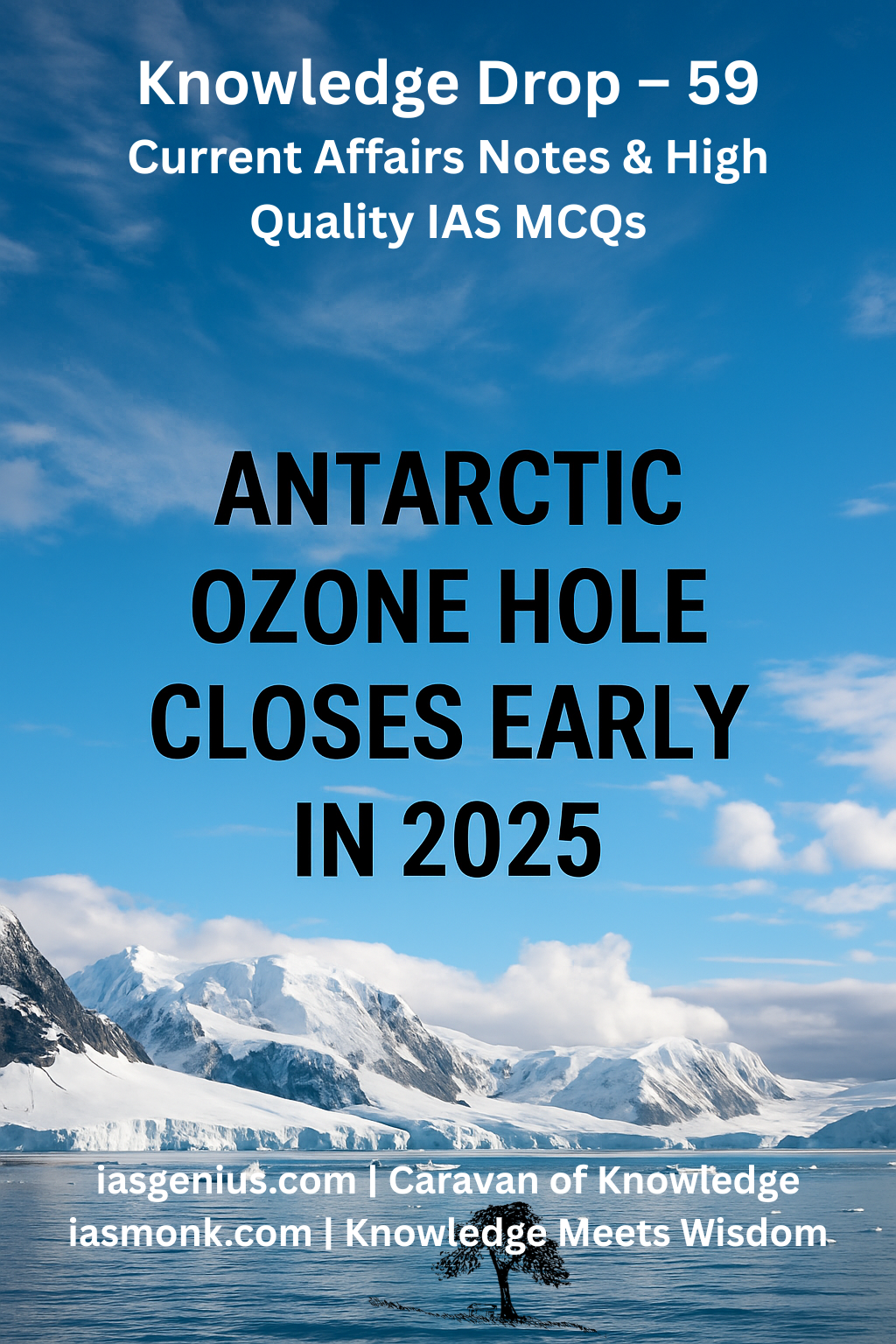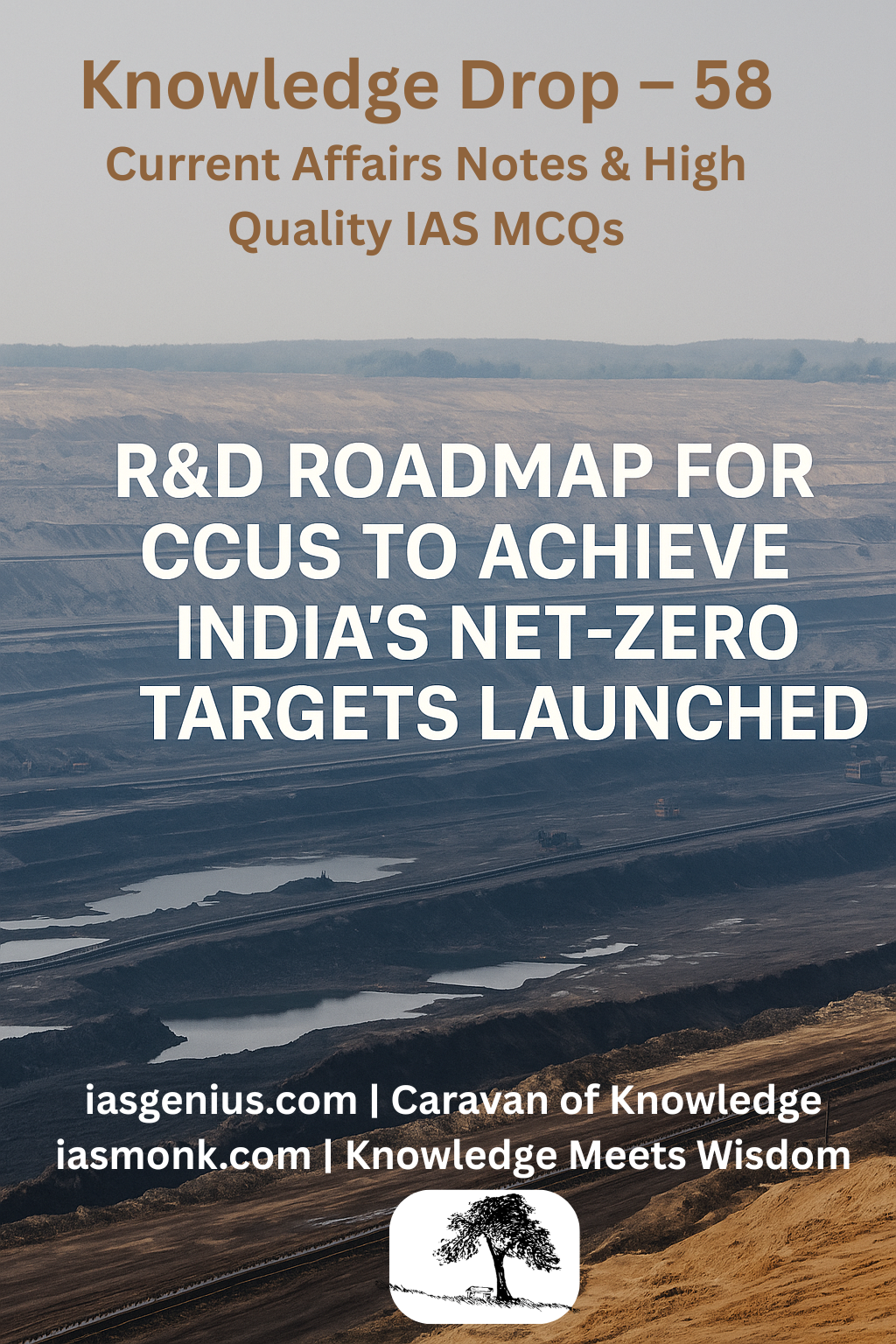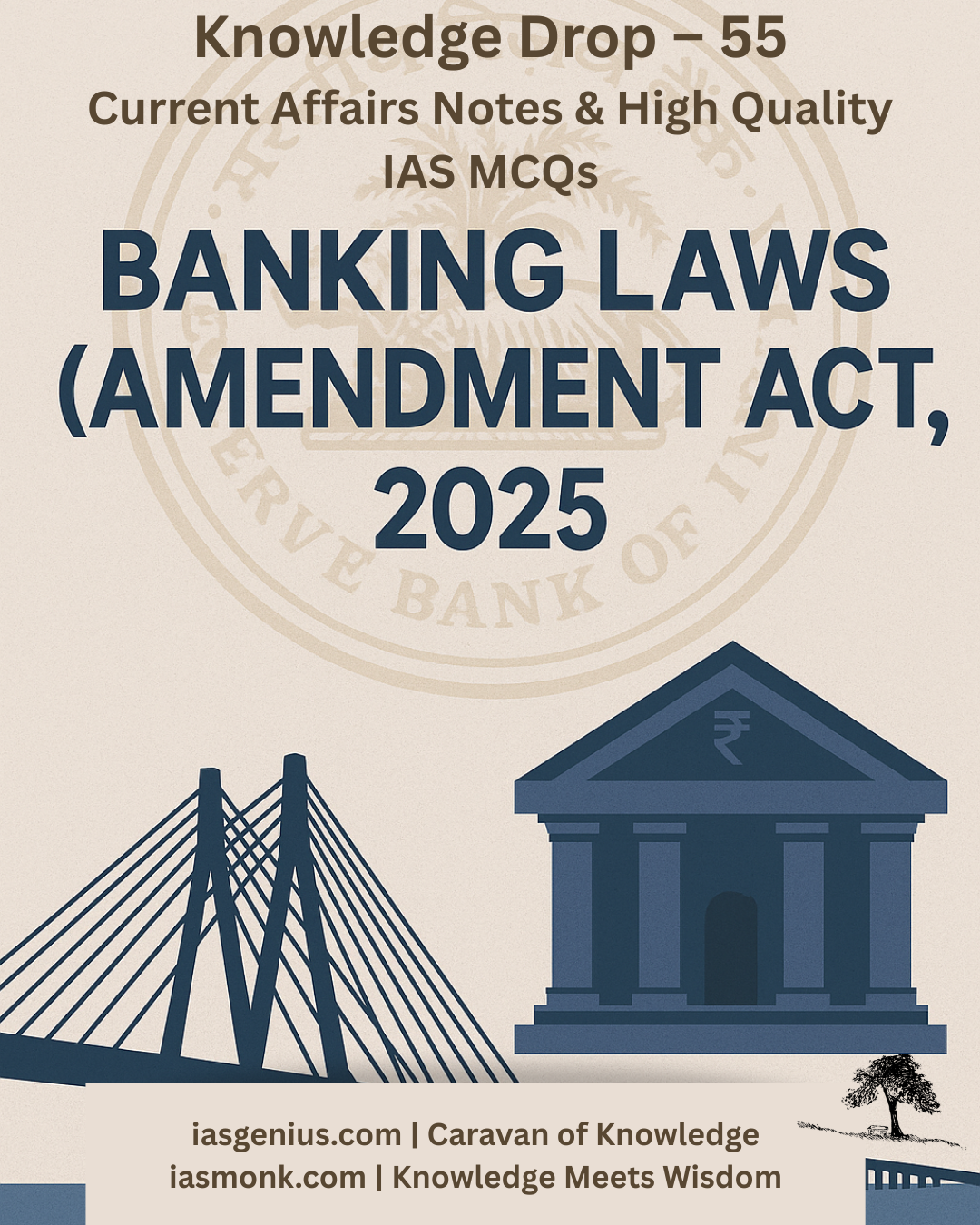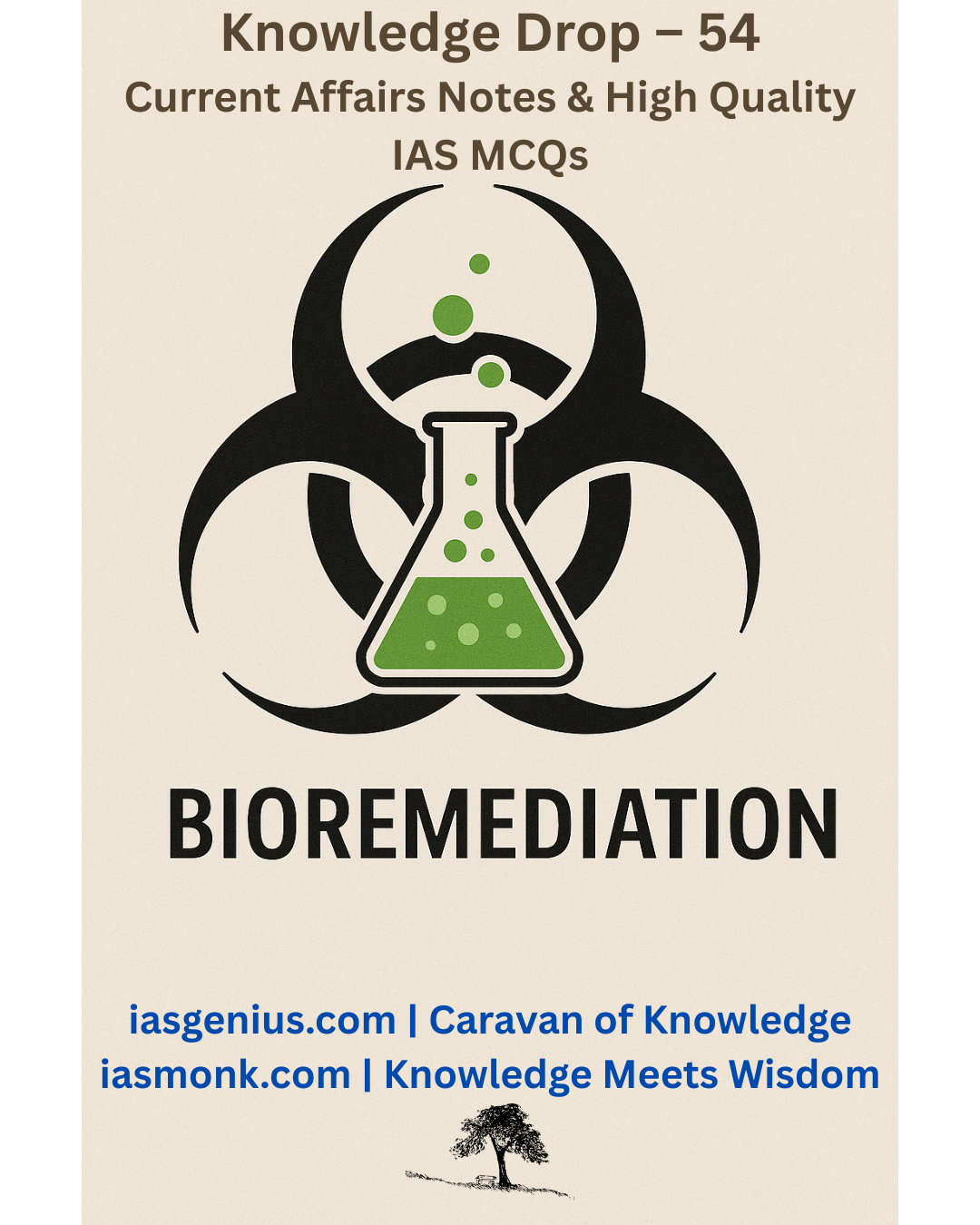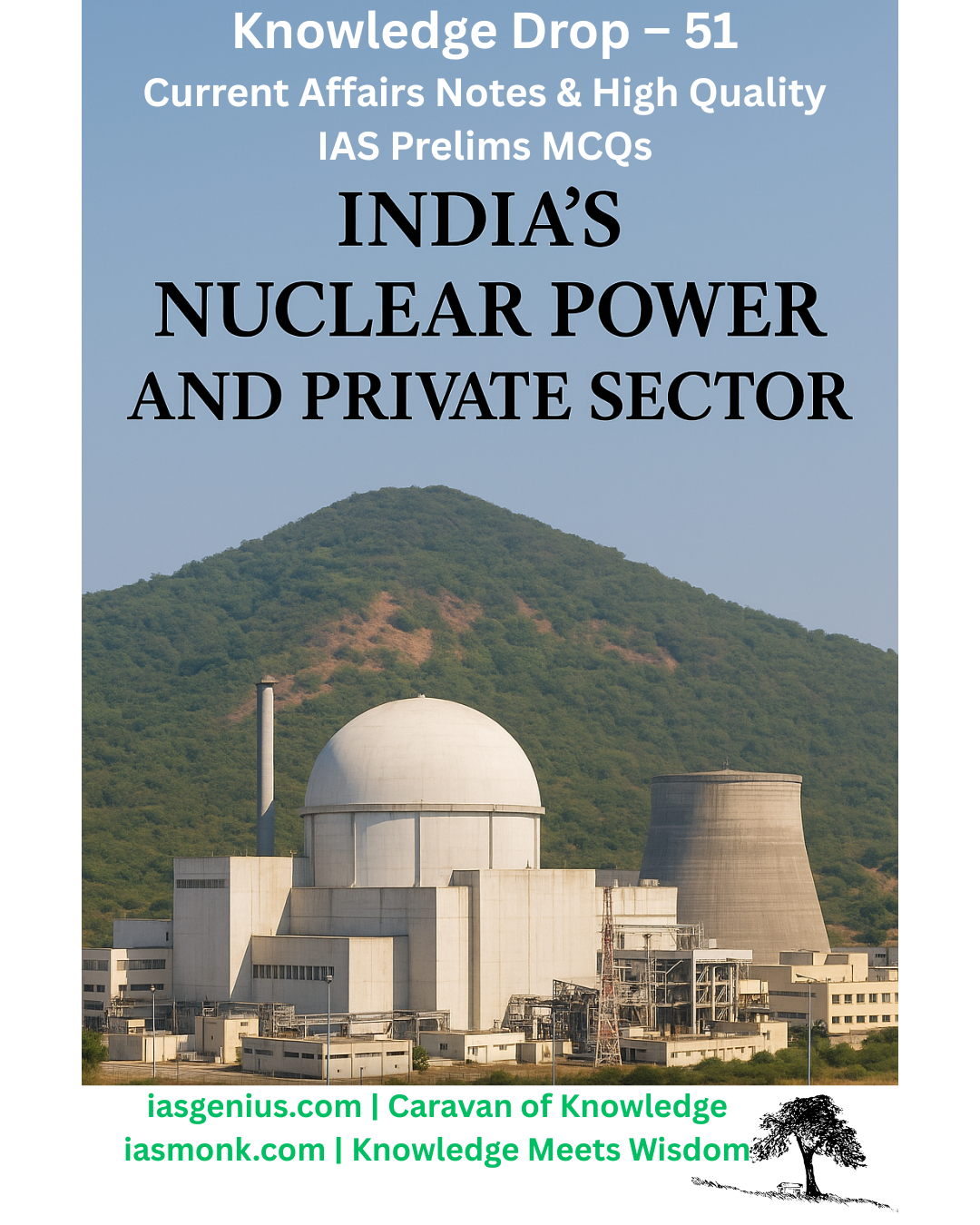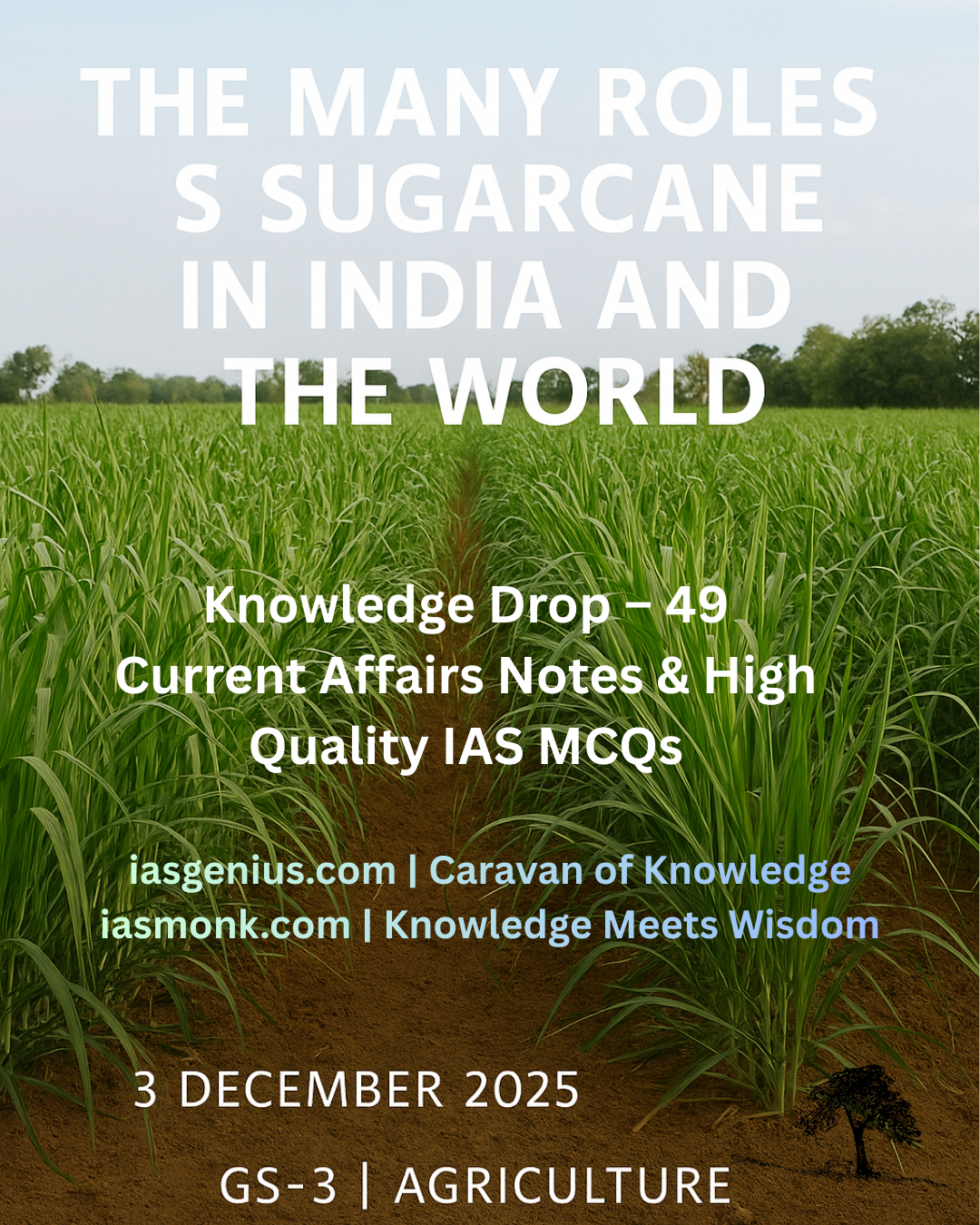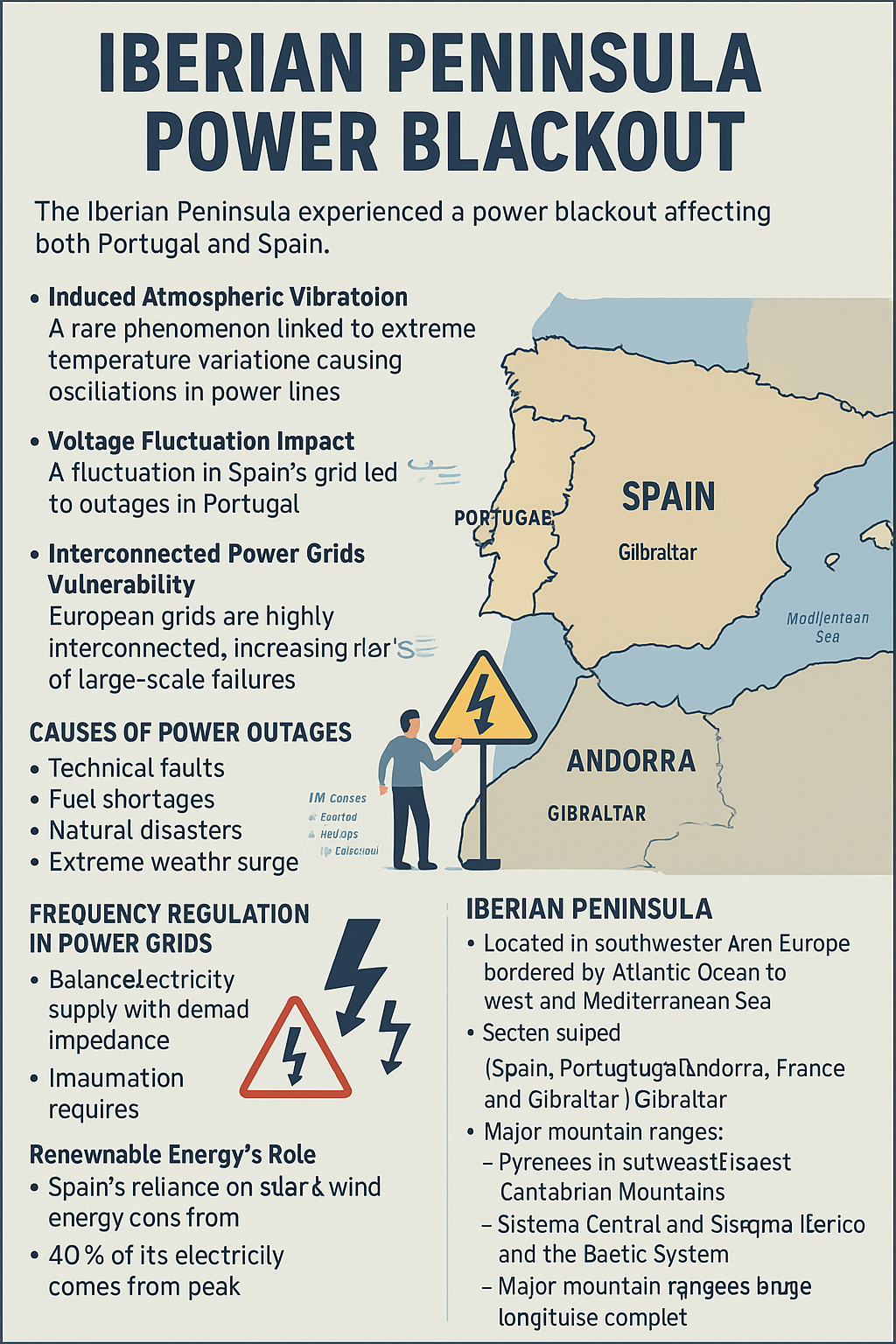
🧭May 28, 2025, Post 2: When Clean Turns Clouded: The Tyre Trouble of EVs | High Quality Mains Essay | Prelims MCQs
When Clean Turns Clouded: The Tyre Trouble of EVs

NATIONAL
Post Date : May 28, 2025
🟢 Syllabus: GS3 – Environment / Pollution & Technology
🌿 Thematic Focus
Electric Vehicles | Microplastic Pollution | Environmental Regulations
🌬️ Whisper of the Wind
“Even the cleanest path can leave invisible footprints. The question is: do we notice them before they grow into shadows?”
⚙️ Key Highlights
- A recent study by TIFR, IIT Bombay, and Columbia University warns that EVs release more harmful air particles due to tyre wear.
- EVs are significantly heavier than petrol/diesel vehicles (due to batteries), leading to higher tyre fragmentation and microplastic emissions.
- Tyre wear particles are now emerging as a significant component of urban particulate pollution.
- Two major fragmentation mechanisms identified:
- Primary Fragmentation: Sudden shocks (braking, potholes) produce 1–10μm particles (inhalable).
- Sequential Fragmentation: Gradual wear produces >100μm particles.
- EV adoption is rising globally and in India (target: 30% by 2030), making this a growing environmental concern.
🔍 Concept Explainer
Why Tyre Particles Matter More Now
EVs, while cutting tailpipe emissions, unintentionally raise non-exhaust pollution. The concern isn’t just carbon footprint anymore—it’s about PM2.5 and smaller particles released by tyres, not currently regulated. These microplastics can cause respiratory and cardiovascular issues when inhaled.
📘 GS Paper Mapping
- GS3: Environmental Pollution — Non-Exhaust Sources
- GS3: Science & Technology — Clean Tech Impacts
- GS2: Government Policies — EV Regulation & Air Quality Norms
🪶 A Thought Spark — by IAS Monk
“Sustainability is not just about invention; it’s about intention. When our solutions start creating silent problems, the truest innovation lies in humility — the courage to refine what we thought was perfect.”
High Quality Mains Essay For Practice :
Word Limit 1000-1200
When Clean Turns Cloudy: The Silent Pollutants of Modern Progress”
New Dimensions of Pollution and Challenges to Modern Technologies
Introduction
Pollution, once viewed primarily through the lens of industrial smoke and urban smog, has transformed in character and complexity. As the world embraces modern technologies — from electric vehicles (EVs) to artificial intelligence and smart infrastructure — new, subtler forms of pollution have emerged. While these innovations promise efficiency, sustainability, and progress, they also carry unintended environmental consequences. In this essay, we explore these new dimensions of pollution, examining how emerging technologies both solve and create challenges for the environment, and the path forward for sustainable innovation.
Traditional vs New-Age Pollution
Historically, pollution referred to visible contaminants: airborne particulate matter, industrial waste, river sewage, or plastic in oceans. Regulatory mechanisms evolved to deal with these, targeting PM2.5 and PM10 levels, limiting industrial effluents, and restricting single-use plastics.
However, 21st-century pollution is increasingly invisible, complex, and technology-driven. We now face threats such as:
- Microplastic pollution from synthetic clothes and tyres
- Digital pollution from energy-guzzling data centers
- E-waste from discarded gadgets and batteries
- Chemical leaching from solar panels and semiconductors
- Noise and light pollution in urbanized smart cities
This shift requires a deeper, multi-layered policy and technological response — not just a substitution of one pollutant for another.
The Electric Vehicle (EV) Paradox
Electric vehicles have become the global poster child for climate action, reducing carbon emissions by eliminating fossil fuel dependency. But the EV revolution is not without caveats:
- Tyre Wear and Microplastics: EVs are heavier than internal combustion engine (ICE) vehicles due to their lithium-ion batteries. The added weight increases tyre degradation, releasing rubber particles and microplastics into the atmosphere. These tiny pollutants can become airborne or enter water systems, eventually accumulating in human organs through the food chain.
- Battery Mining and Disposal: EV batteries require rare earth elements like lithium, cobalt, and nickel. Their extraction has led to environmental degradation, water scarcity, and even child labor in countries like the Democratic Republic of Congo. At the end of life, battery recycling remains poorly regulated in many countries, creating hazardous e-waste dumps.
- Electricity Source Dependency: In countries still reliant on coal for electricity, EVs may indirectly shift emissions upstream, simply relocating pollution from urban centers to rural power stations.
Hence, while EVs solve tailpipe emissions, they introduce material and particulate pollution challenges that must be addressed through lifecycle planning and green design.
Solar and Wind Energy: Clean but Not Innocent
Renewable energy is crucial for climate mitigation. Yet, solar panels and wind turbines, though non-polluting in operation, involve:
- Toxic Chemical Use: Manufacturing solar panels involves lead, cadmium, and other hazardous chemicals. Improper disposal can contaminate soil and water.
- Land Use Conflicts: Large solar and wind farms can displace forest land and agricultural zones, affecting biodiversity and communities.
- Noise Pollution from Wind Turbines: Often neglected, turbines emit low-frequency noise, affecting the health of nearby residents and wildlife.
Recycling and end-of-life disposal for these installations also remains a nascent area with growing concern.
Digital Pollution and the Carbon Cost of Innovation
Behind the convenience of every email, cloud backup, or AI prompt lies an enormous carbon footprint. Data centers account for over 1% of global electricity use, with some estimates placing it higher. Cryptocurrency mining, particularly Bitcoin, consumes more power annually than countries like Argentina.
Moreover, the manufacturing of chips and servers involves high-purity chemicals, ultrapure water, and energy-intensive processes — creating indirect pollution that’s rarely visible in mainstream environmental discourse.
The term “digital pollution” now captures a wide spectrum:
- Rising e-waste from short device lifespans
- Overuse of high-resolution streaming and cloud storage
- Server farms located in ecologically sensitive areas
Without green computing frameworks, AI and cloud technologies risk contradicting sustainability goals.
Plastic and Textile Innovations: A Double-Edged Sword
Modern materials science has produced ultra-light, water-resistant, and durable textiles and plastics — revolutionizing packaging, clothing, and construction. However:
- Microfibres from synthetic clothes are now among the most common pollutants found in oceans.
- Bioplastics, while marketed as eco-friendly, often require specific industrial composting facilities, which are unavailable in most regions.
- Some additives used to make biodegradable plastics degrade into harmful endocrine-disrupting compounds.
Thus, “green” materials need rigorous life-cycle assessments to avoid greenwashing and misclassification.
Urban Smart Technologies: Progress with Pressure
Smart cities use IoT devices, automated traffic control, LED lighting, and sensor-enabled infrastructure. While they improve efficiency, they also generate:
- E-waste from rapid technological obsolescence
- Radiation exposure from dense Wi-Fi and 5G networks
- Light pollution, affecting circadian rhythms of both humans and animals
In addition, maintaining such infrastructures demands high resource use, rare metals, and intensive data storage — amplifying both invisible emissions and material waste.
Policy Blind Spots and Governance Gaps
While legacy pollution is extensively covered under environmental law, these new-age pollutants remain underregulated:
- No global framework governs microplastics from tyres or textiles
- EV battery standards vary across countries, leading to export of waste to the Global South
- Crypto emissions remain outside most climate treaties
- AI and data centers are not included in national carbon inventories
There is a need to reframe pollution policy, not as sector-specific (e.g., air, water) but as technology-integrated, covering the entire life cycle from design to disposal.
Way Forward: Rethinking Sustainability in the Tech Age
To confront these emerging threats, a new sustainability vision must evolve, rooted in integrated design, circularity, and transparency:
- Life Cycle Thinking: Every innovation must be assessed for emissions, toxicity, and environmental impact across all phases — from mining to disposal.
- Stronger Regulations: National and international bodies must include non-exhaust and invisible pollutants in environmental impact assessments.
- Green Innovation Incentives: Encourage startups and industries to focus on bio-based tyres, recyclable batteries, low-energy AI models, and modular electronics that reduce obsolescence.
- Citizen Education and Participation: Raise awareness of digital carbon footprints, proper e-waste disposal, and sustainable consumption practices.
- Global Green Data Charter: Just as the world came together for ozone or carbon, a global digital sustainability treaty is needed to regulate the environmental costs of innovation.
Conclusion
The technologies of tomorrow are already shaping our world today. But without foresight, regulation, and responsibility, the very innovations meant to save the planet could contribute to its degradation in new, hidden ways. Pollution, no longer just a byproduct of smoke and sludge, now hides in microfibres, data clouds, and electric batteries.
A holistic approach — combining policy reform, industry accountability, and consumer awareness — is vital to ensure that the promise of modern technology does not become a poisoned chalice. As we transition into an era of electric mobility, smart infrastructure, and digital life, our definition of pollution must evolve, and our solutions must become as smart as our cities.
Target IAS-26: Daily MCQs :
📌 Prelims Practice MCQs
Topic: When Clean Turns Clouded: The Tyre Trouble of EVs
MCQ 1 – Type 1: How many of the above statements are correct?
Q. Consider the following statements :
1. Tyre wear is considered a significant source of airborne microplastic pollution.
2. Electric Vehicles (EVs) produce fewer tyre particles than conventional vehicles due to regenerative braking.
3. Smaller tyre particles (1–10 µm) remain airborne longer and are more harmful to respiratory health.
4. Heavier vehicle weight accelerates tyre degradation and fragmentation.
How many of the above statements are correct?
A) Only two
B) Only three
C) All four
D) Only one
🌀 Didn’t get it? Click here (▸) for the Correct Answer & Explanation
✅ Correct Answer: B) Only three
🧠 Explanation:
•1) ✅ True – Tyre wear is now recognized as a key contributor to microplastic pollution.
•2) ❌ False – EVs, being heavier, produce more tyre particles overall, despite regenerative braking.
•3) ✅ True – Smaller particles stay airborne longer and can enter deep into the lungs.
•4) ✅ True – Battery-induced weight in EVs leads to increased tyre stress and degradation.
MCQ 2 – Type 2: Two Statements Based
Q. Consider the following statements about India’s solar energy progress:
1. Primary fragmentation of tyres occurs due to gradual wear and tear from road friction.
2. Sequential fragmentation results from sudden shocks like braking or hitting potholes.
Which of the above statements is/are correct?
A) Only 1 is correct
B) Only 2 is correct
C) Both are correct
D) Neither is correct
🌀 Didn’t get it? Click here (▸) for the Correct Answer & Explanation
✅ Correct Answer: D) Neither is correct
🧠 Explanation:
•1) ❌ False – Primary fragmentation is due to sudden forces like potholes or braking.
•2) ❌ False – Sequential fragmentation happens via gradual wear over time.
MCQ 3 – Type 3: Which of the statements is/are correct?
Q. Which of the following are proposed solutions to address tyre-related pollution?
1. Development of durable tyres for electric vehicles
2. Technology to capture tyre particles at the source
3. Increasing vehicle weight through larger battery capacity
4. Expanding air quality norms to include microplastic particles
Select the correct answer using the code:
A) 1, 2 and 3 only
B) 1, 2 and 4 only
C) 2 and 4 only
D) All four
🌀 Didn’t get it? Click here (▸) for the Correct Answer & Explanation
✅ Correct Answer: B) 1, 2 and 4 only
🧠 Explanation:
•1) ✅ Durable tyres reduce wear rates.
•2) ✅ Emerging technology aims to trap particles near the wheel.
•3) ❌ False – Increasing weight worsens tyre fragmentation.
•4) ✅ Broader regulations are needed to include non-exhaust particulate sources.
MCQ 4 – Type 4: Direct Fact
According to recent studies, what percentage of total car sales in India were electric vehicles in 2024?
A) 5%
B) 10%
C) 2.5%
D) 12.2%
🌀 Didn’t get it? Click here (▸) for the Correct Answer & Explanation.
✅ Correct Answer: C) 2.5%
🧠 Explanation:
••In 2024, EVs made up 2.5% of all car sales in India, though the government aims for 30% by 2030.



